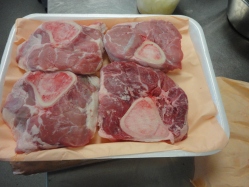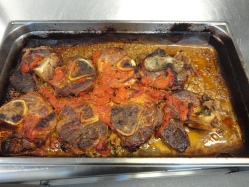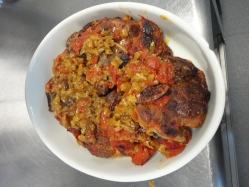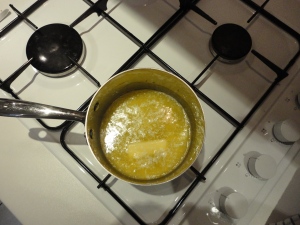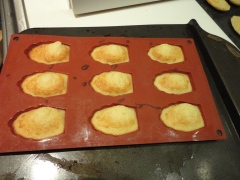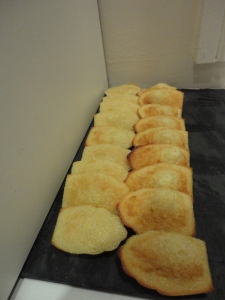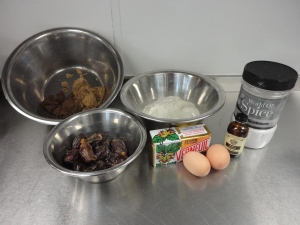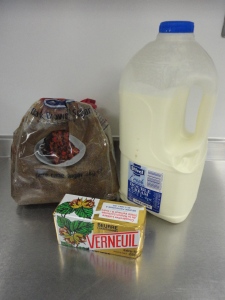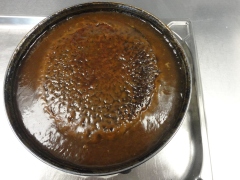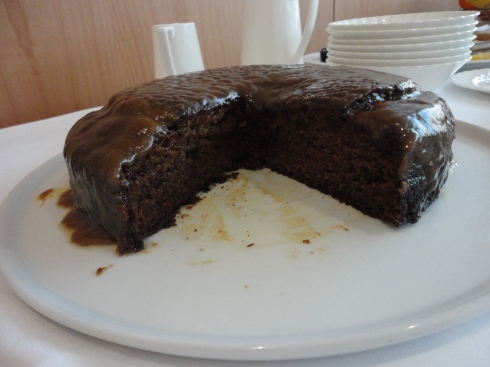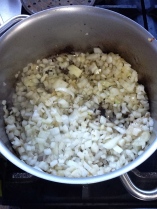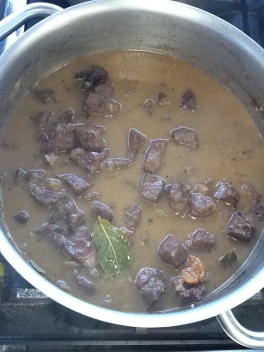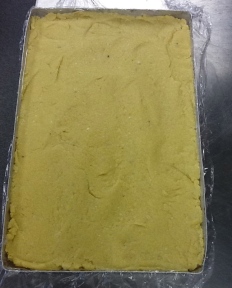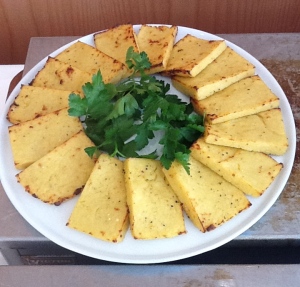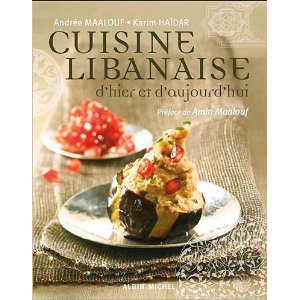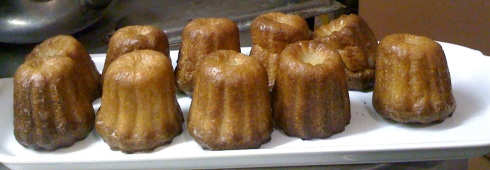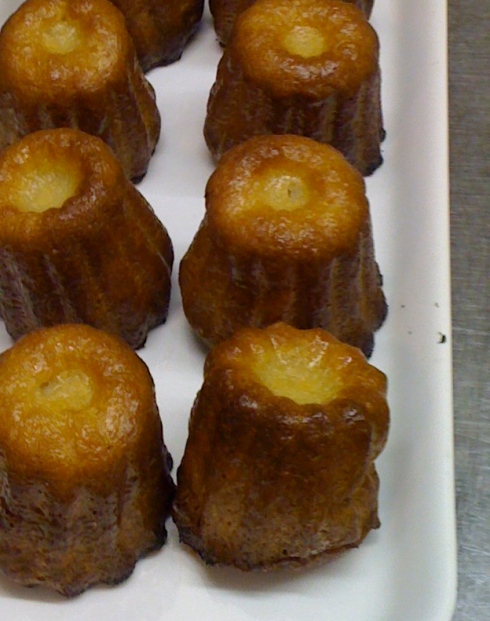I tried that recipe last year in London, they use pork all the time, from bacon for breakfast til sausages for dinner!
You may think about Fish & Chips when you travel to the UK but trust me, pork is also omnipresent! As I am not very used to cook pork, I went through a pile of cooking book and realized that the best way to succeed was to follow Jamie Oliver recipe.
I found it in Jamie at Home:
His recipes are simple and honest and he really makes it easy for anybody who does not know how to cook or just try a recipe for the first time.
My concern was to overcook/undercook the pork which in both case is a disaster but in the end I succeeded. That’s why I wanted to share that recipe with you. The Balsamic component makes it really different from the traditional roast pork and potatoes or the recipe from Normandie in which you use cream, apple and cider. You all start to know how much I love Mediterranean dishes… once again, let’s bring a touch of Italian flavor!
Basically, I did not change a lot of things from the cookbook as everything went well! I also add Jamie’s note….
“This dish has attitude – it uses a lot of balsamic vinegar but, trust me, it works really well. The onions and potatoes are baked in the vinegar, making them crispy, dark, sticky and sweet. I’ve chosen to serve them with roast pork, but beef or lamb works just as well. I prefer red onions for their color and sweetness.”
Ingredients for 6-8:
For the Potatoes
- 1.5kg baby potatoes washed
- sea salt and freshly ground black pepper
- olive oil
- 200g butter, cubed
- a bunch of fresh rosemary, leaves picked and chopped
- 1 whole bulb of garlic, quartered or smashed
- 5 medium red onions, peeled and quartered
- 350ml cheap balsamic vinegar
For the Pork
- a small bunch of fresh rosemary, leaves picked and finely chopped
- 2 tbsp freshly ground fennel seeds
- 1.5kg boneless rolled pork loin, preferably free-range or organic, skin off, fat scored in a criss-cross pattern
- olive oil
- 6 cloves of garlic, crushed
- 1 medium red onion, peeled and quartered
- 2 sticks of celery, trimmed and chopped
- 4 bay leaves
- 2 glasses of white wine
- extra-virgin olive oil
Method
Preheat the oven to 200C/380F.
To prepare the meat, scatter a handful of finely chopped rosemary leaves over a large chopping board. Sprinkle over some salt, pepper and the ground fennel seeds. Roll the pork across the board, pressing down hard so all the flavorings stick to it.
Get a roasting tray large enough for your pork and place it on a hob over a medium-high heat. Drizzle with olive oil and place the pork in, fat side down, sprinkled with any flavorings remaining on the board.
After a few minutes, when the pork fat is lightly golden, turn it over and add the garlic cloves, onion, celery and bay leaves to the tray. Place on the bottom shelf of your preheated oven for an hour, basting it halfway through. (For the last 20 minutes of cooking, you might need to cover the pork with greaseproof paper to stop it coloring too much.)
Get another roasting tray, into which you can fit the potatoes in one layer. Pour a glug of olive oil into it and add the butter, rosemary and garlic. Toss the potatoes in all the flavors.
Add the onions and all the balsamic vinegar and season with salt and pepper. Place the tray on the top shelf of your oven and cook for about 50 minutes, until the potatoes and onions are dark, sticky and crispy – removing the tray to toss the onions and potatoes halfway through.
After an hour, the meat should be cooked. Prick it with a sharp knife – if the juices run clear, it’s done; if not, pop it back in the oven for another 10-15 minutes, keeping the potatoes warm.
Remove it from the oven and let it rest on a plate for 10 minutes. Pour away most of the fat from the tray and mash up the garlic and onion. Place the tray over the hob and add the wine. Simmer until the liquid has reduced by half, scraping all the meaty goodness off the bottom to make a tasty sauce, and season if necessary. Pass through a sieve into a serving jug. Then slice the pork and serve it with the baked onions and potatoes, drizzled with the pan juices.
Great with some nice greens or a rocket salad… as usual!








